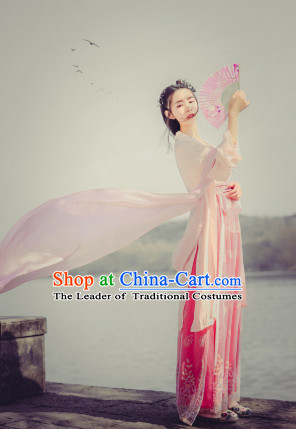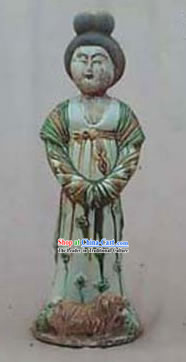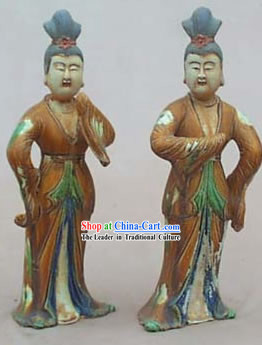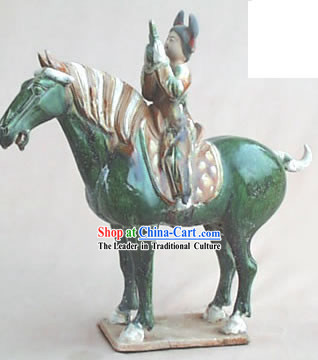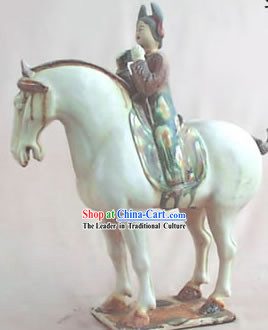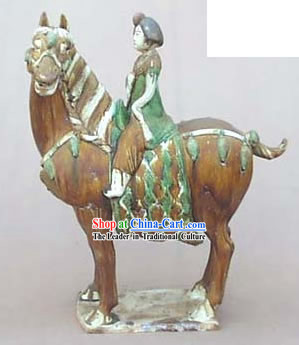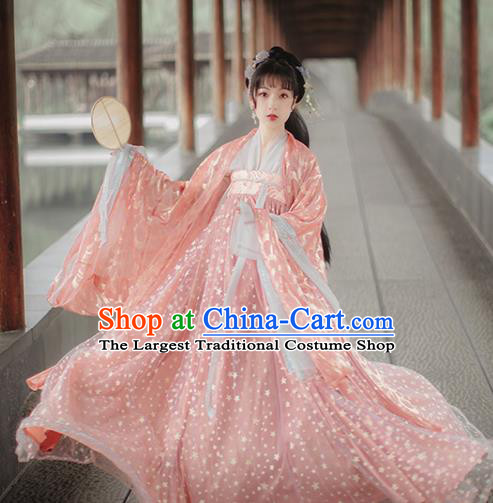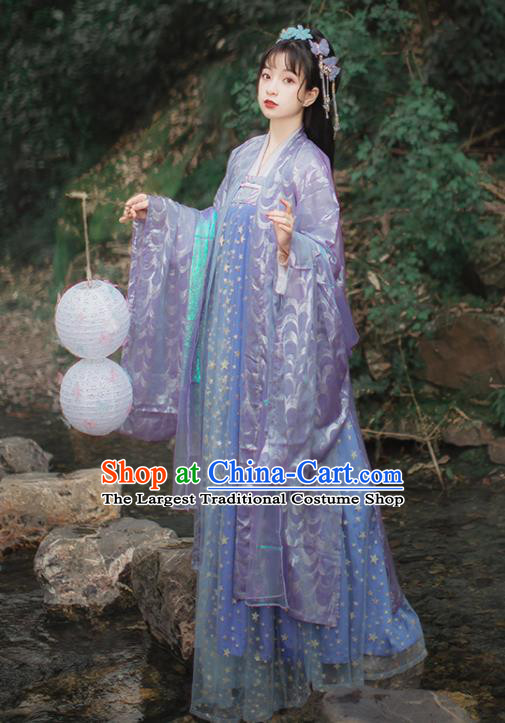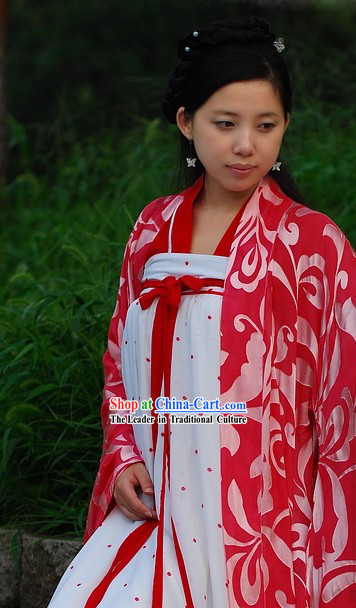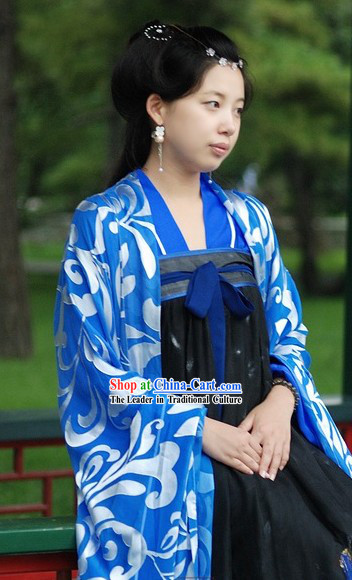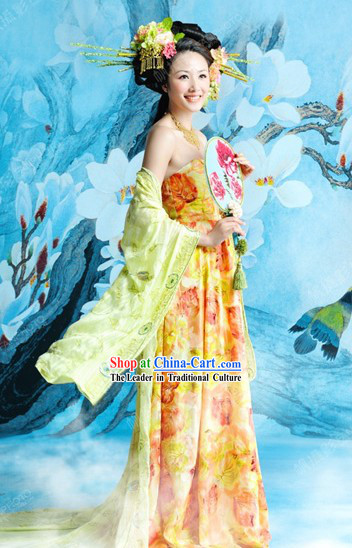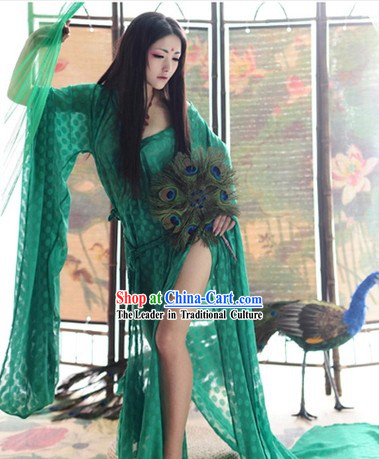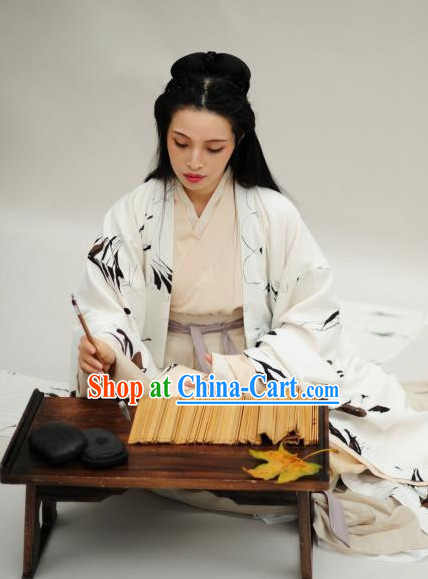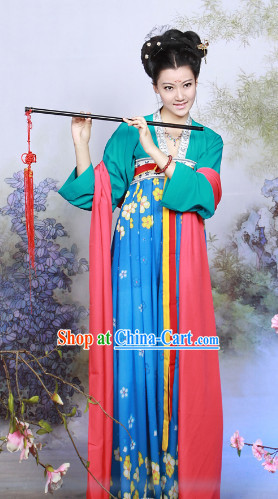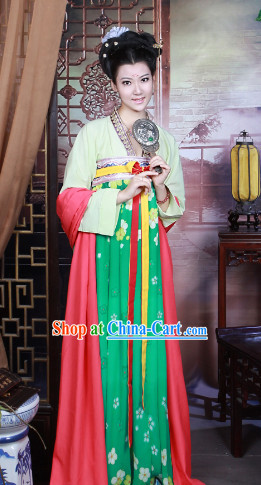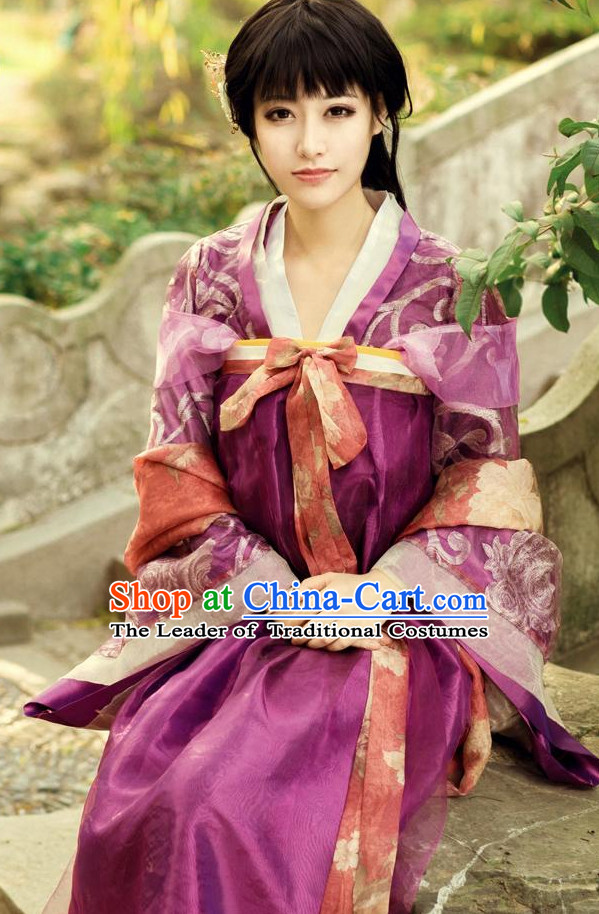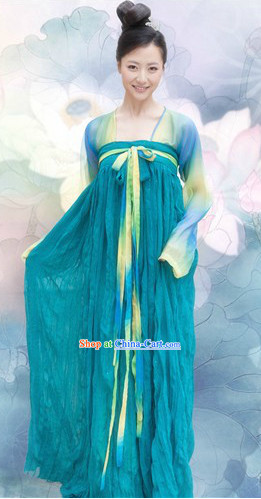
Click Related Pictures for More Audios:
The traditional Chinese Tang suit, with its elegance, sophistication, and unique design, has always been an important part of Chinese culture.
In these gorgeous garments, women wear long robes and skirts that exude a noble and elegant temperament.
These costumes not only have aesthetic value but also carry rich historical significance and cultural connotations.
Tang suits are usually made of silk as the main material and feature intricate embroidery techniques that incorporate various patterns and colors.
These patterns often draw inspiration from nature, such as flowers, animals, and landscapes, symbolizing good fortune, prosperity, and happiness.
Additionally, Tang suits pay attention to detail in areas like collars, cuffs, and waistbands, showcasing exquisite craftsmanship.
Historically, Tang suits were exclusive attires for royalty, aristocrats, and literati.
They used them to display their status and taste.
At the same time, Tang suits became an essential carrier of cultural exchange, with many countries and regions inspired by Tang Dynasty culture to develop their own distinctive costumes.
Today, although modern fashion has replaced traditional Tang suits, they remain a precious cultural heritage.
Many people collect and study Tang suits to learn about Chinese history and culture.
Meanwhile, some artists use Tang suits as a source of inspiration to create contemporary works.
In conclusion, traditional Tang suits are a shining gem in Chinese culture.
They not only represent ancient Chinese artistic achievements but also carry rich historical significance and cultural connotations.
Whether as a cultural heritage or a fashion element, Tang suits continue to be passed down and developed.

